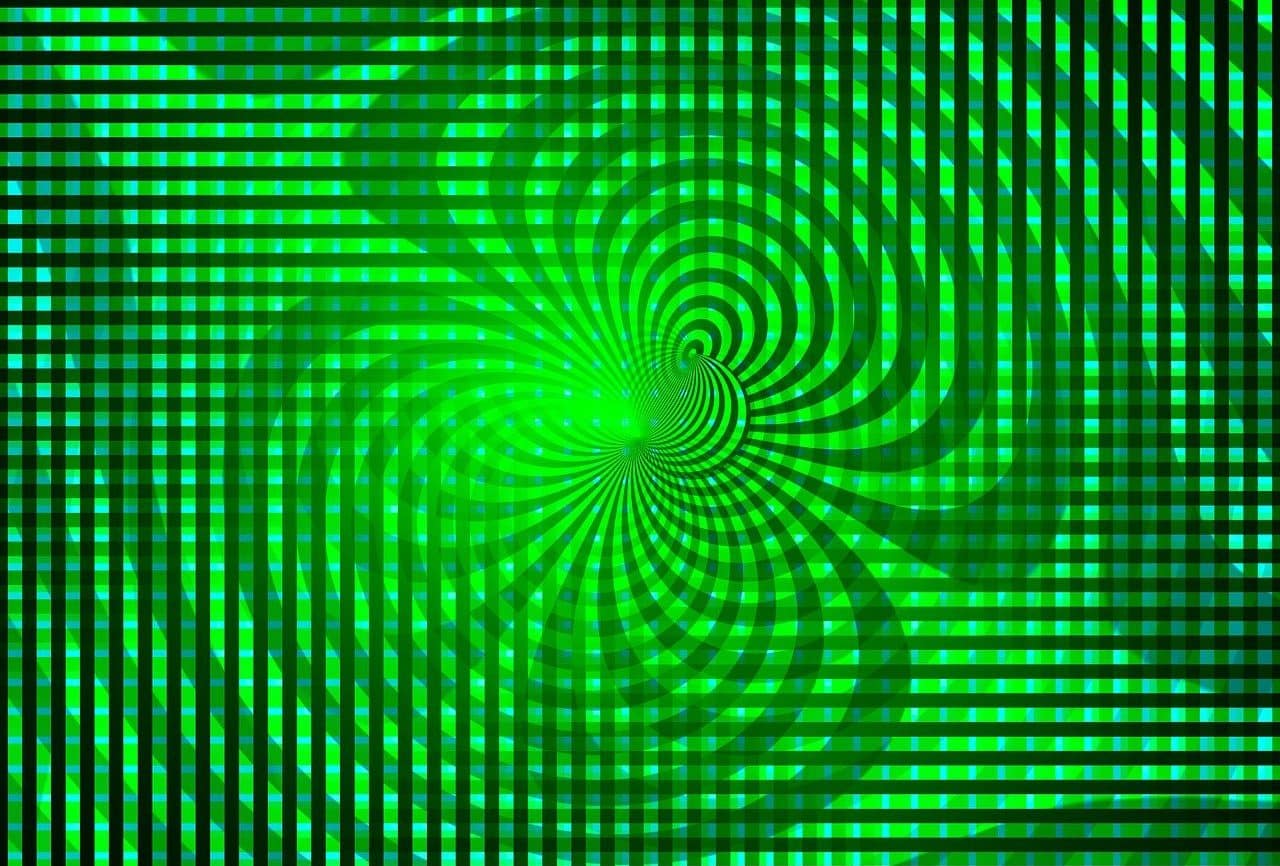
Modern physics is based on quantum field theory, quantum mechanics and special relativity.
Quantum field theory is a fundamental theoretical framework in physics that combines principles of quantum mechanics and classical field theory. It provides a quantum description of elementary particles and their interactions through quantum fields that fill all of space-time. In this theory, particles are represented as excitations or quantizations of these fields, and the interactions between them are described by the exchange of other virtual particles. It is essential for understanding fundamental phenomena in particle physics, such as electromagnetism, strong and weak interactions, and is a pillar in the mathematical formulation of modern quantum physics.
Quantum mechanics and relativity
Quantum field theory, quantum mechanics and special relativity are three fundamental vertices of modern physics that complement each other and are applied at different scales and contexts.
Quantum mechanics describes the behavior of particles at subatomic scales, such as electrons and photons, and establishes principles such as superposition and particle-wave duality . On the other hand, special relativity, developed by Albert Einstein , describes how things behave at speeds close to the speed of light and how space and time are intertwined.
Quantum field theory lies at the intersection of these two theories . It provides a theoretical framework for describing elementary particles and their interactions using quantum fields that fill all of spacetime . It combines the principles of quantum mechanics with the space-time structure of special relativity. It unifies them into a coherent and powerful framework for describing the universe at microscopic scales and extremely high energies .
Quantization
Quantization is the process of applying the principles of quantum mechanics to classical or continuous physical systems, such as electromagnetic fields or mechanical systems, to describe them in terms of discrete or quantized quantities. This involves replacing classical variables, such as position and angular momentum , with operators that act on wave functions that describe the state of the system.
The implications of quantization are profound, ranging from the precise description of microscopic phenomena to the development of technologies such as quantum electronics and quantum computing. Furthermore, quantization reveals phenomena such as the uncertainty principle, which challenge classical intuition and lead to a deeper understanding of the quantum nature of the universe.

The creation and annihilation operators can add or remove particles from a field.
Mathematical and conceptual tools
The mathematical and conceptual tools used in quantum field theory are fundamental to understanding and calculating physical processes at the subatomic level.
Hilbert space
The abstract space in which the coherent states of a system reside, which are represented by vectors, and physical observables , such as position, momentum, and spin, are associated with linear operators that act on these states.
Operators represent observable physical quantities and have special properties, such as being Hermitian (or Hermitian , names that refer to the French mathematician Charles Hermite ). Quantum field theory extends this formalism by introducing quantum fields defined at each point in spacetime and associated with field operators.
Feynman diagrams
A powerful tool for visualizing and calculating interactions between particles in quantum field theory. These diagrams graphically represent the different particle decay processes and dispersion relationship, as well as their interactions.
Each particle is represented as a line on the diagram, and interactions are shown as vertices where they meet. Feynman diagrams allow one to calculate transition probabilities between different quantum states and are an essential tool in high-energy experiments and particle physics .
Road functional
A mathematical technique used to calculate probabilities and transition amplitudes in quantum field theory. Instead of working directly with a wave function of quantum states, path functionals consider all possible trajectories or paths that a system can take from an initial state to a final state.
These paths are weighted according to the system action and integrated over all possible configurations. Path functionals provide an elegant way to calculate physical quantities in quantum systems and are especially useful in field theories where the degrees of freedom are infinite.
Creation and annihilation operators
They act on vacuum states and create or destroy particles. In the formalism of quantum field theory, creation operators add a particle to the state of the system, while annihilation operators remove it. For example, for electromagnetism, photons (light particles) are associated with creation and annihilation operators that create or destroy photons in an electromagnetic field.
Correction operators
They represent quantum contributions to physical quantities that go beyond the predictions of classical theory. These corrections arise from the interaction between the particles and can be calculated using techniques such as perturbation theory . For example, in quantum electrodynamics (QED) , correction operators are used to calculate the influence of quantum effects on particle scattering processes.
Density operator
A tool used in quantum mechanics to describe the probability distribution of a quantum system in a Hilbert space. In quantum field theory, it can be used to describe the state of the quantum field at a particular point in space-time. For example, in scalar theories, such as those of scalar fields , it can be used to describe the density of particles (or field excitations) at a given point in spacetime.

The Schrödinger equation describes the evolution in time of the quantum states of a system.
Equations
In the context of quantum field theory, the following equations are fundamental for describing the behavior of quantum fields and associated elementary particles.
Schrödinger equation
A fundamental equation in quantum mechanics that describes how the quantum states of a system evolve over time. In the context of quantum field theory, it is generalized to describe quantum fields rather than individual particles. The Schrödinger equation of fields can take on different forms depending on the type of field being considered, such as scalar fields, vector fields, or spin fields.
Dirac equation
A relativistic equation that describes the behavior of fermions (particles with half-integer spin), such as electrons and quarks . In the context of quantum field theory, the Dirac equation is used to describe quantum fields representing fermions. It takes into account relativistic effects and predicts the existence of positive and negative energy states.
Equations of motion
They describe how quantum fields evolve in space and time. These equations are generally partial differentials that relate the temporal and spatial derivatives of the fields to their physical properties and interactions with other fields. They are derived from fundamental principles , such as the principle of least action in the Lagrangian formulation of quantum field theory, and are essential for predicting and understanding the behavior of particles and fields in the universe.
